“Agriculture not only gives riches to a nation but the only riches she can call her own”. — Samuel Johnson, Author.
Each day, millions like us have easy access to food served on our plates. And, there are millions unlike us for whom food is as much a mirage in a desert. Raising a bumper crop won’t suffice. To close in on the gap between ‘haves’ and ‘have not’s’, creating equal access to food is a must. The key initial touchpoint in the farm-to-fork chain is procurement. And, to make procurement more efficient, we need to address the whole gamut of challenges- identifying genuine farmers, honoring the rights of sharecroppers, making timely payments to farmers, weeding out the intermediaries and levelling the playing field for small and marginal farmers by providing them market access. The answer is in creating a seamless farm-to-fork system- one that integrates multiple points in the value chain. An inclusive solution will help nations to reach the ‘Zero Hunger’ (9 billion people to be fed worldwide by 2050) destination.
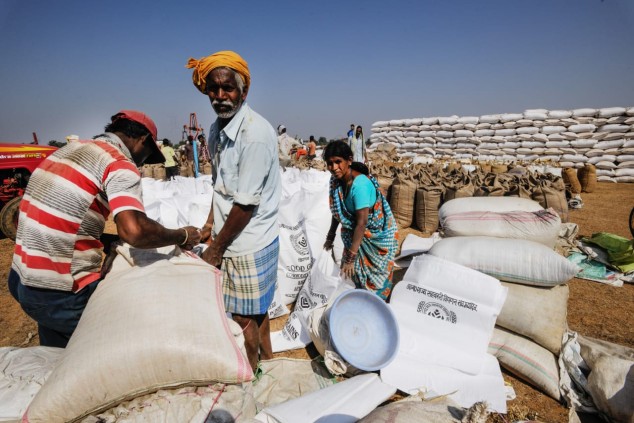
Farm Procurement: A Multi-Layered Challenge
Governments across the world use agriculture procurement as a tool to pursue social, economic and environmental outcomes. In India, agriculture is the primary source of livelihood for 58 per cent of the population. The Gross Value Added (GVA) by agriculture & allied sectors stood at Rs 19.48 lakh crore (or $277 billion) in 2019–20. The country has 118.9 million farmers (Census 2011) who produce some 295 million tonne food grains annually to feed 1350 million people.
Given this dependency, government intervention is needed to protect weak and vulnerable farmers from market price uncertainties. And, the government steps in by announcing Minimum Support Prices (MSPs) for 22 crops before their sowing seasons.
Let’s take the example of paddy whose MSP has been pegged at Rs 1868 per quintal for 2020–21 crop year. Owing to its sheer scale, paddy procurement is a complex process. During 2019–20 season, the Govt of India (GoI) procured 38.97 million tonne (mt) of wheat and 76.9 mt of paddy. Over the last five years, the government has procured 306.9 mt of paddy, spending Rs 4.95 lakh crore (or approximately $66 billion).
Centralized procurement for GoI is done by Food Corporation of India (FCI). But the country’s federal structure allows states to go for decentralized procurement. To illustrate, Odisha, an eastern state with a paddy yield of 19 quintals per acre (for irrigated areas) has opted for decentralized procurement since 2003–04. This decentralization has given scope to women Self Help Groups (SHGs) and Pani panchayats to procure paddy alongside Primary Agricultural Cooperative Societies (PACS).
After opting for decentralization, Odisha lacked an organized system for paddy procurement. Farmers sell surplus paddy after meeting their own consumption. But, the procurement process was largely manual and it bred problems like no appointment schedule for procurement, lack of quality monitoring, and no real time visibility of operations at paddy purchase centres, no tracking of paddy picked by millers and delay in MSP payments to farmers. The state stepped on the reforms path in 2014–15 with farmer’s registration- this was subsequently integrated with Bhulekh, the state’s land records database in 2016–17 to authenticate details on farm land. Then, in 2019–20, the system got a major upgrade with a centralized Paddy Procurement Automation Solution (PPAS). This end-to-end automated solution has 14.93 lakh registered farmers with 8.93 mt of paddy surplus and Rs 12808 crore worth MSP disbursed to them. The ICT led intervention has helped integrate 2606 PACS, 1357 millers, 280 certified transport contractors and 14401 Fair Price Shops across 50,000+ villages in the state.
How Inclusive GovTech is More Than a Digital Remedy
Integrated GovTech solutions can connect all stakeholders in the value chain- farmers, millers, procurement agencies, transporters and the concerned government agencies. GovTech interventions are in place but on a piecemeal measure. Unless the entire cycle from procurement to markets is automated, leakages will persist. This will not just consume time but offer the scope for fault-finding.
An example worth mention is integrated solutions like PPAS adopted by Odisha. It uses Iris authentication to identify and ensure only genuine farmers are allowed to sell paddy. Beyond Aadhaar, PPAS offers an example in the scale of Iris identification which has no parallel.
Moreover, there is a mechanism for identifying the landless sharecroppers whose credentials can be validated by the sarpanch, the department of agriculture or the farmer whose land he tills. Moving forward, PPAS like solutions are headed for a digital transformation ahead as the foundation is rock solid. In the next step, it can be enhanced with niche technologies like Blockchain which can be handy for securing data and transactions. It would also need a touch of Robotic Process Automation (RPA) to substitute repetitive manual processes in the procurement to market cycle.
A mix of technology and intent would help secure the digitalized route to a food secure destination.
The author is Priyadarshi Nanu Pany, founder & CEO of CSM Technologies. This article was originally published on his LinkedIn profile: https://www.linkedin.com/pulse/reforming-farm-to-fork-chain-better-foodaccess-priyadarshi-nanu-pany/












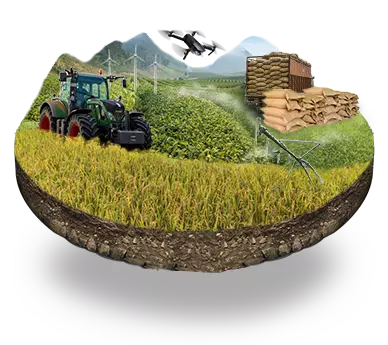







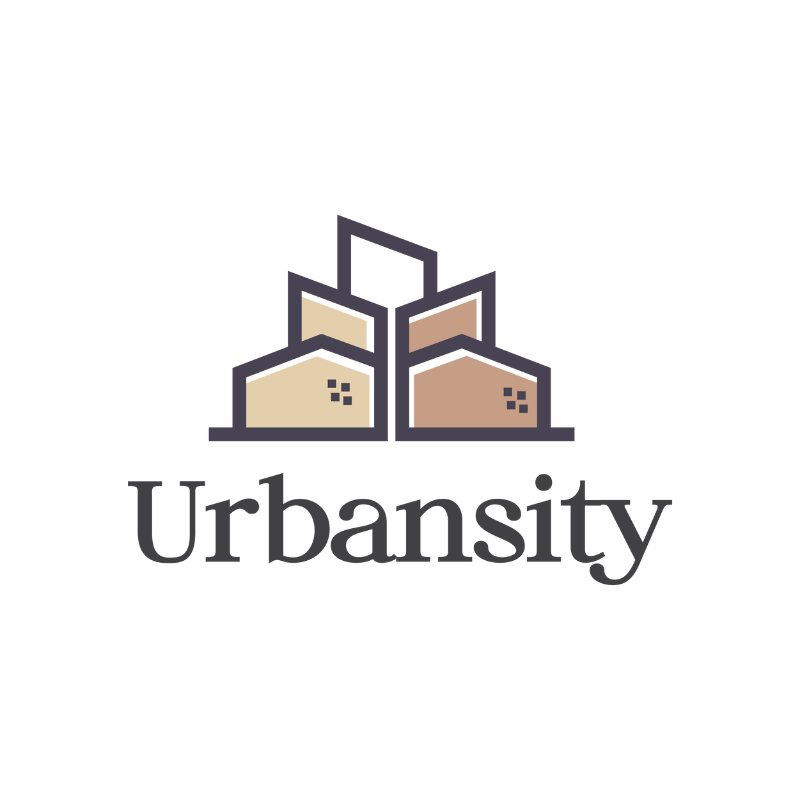

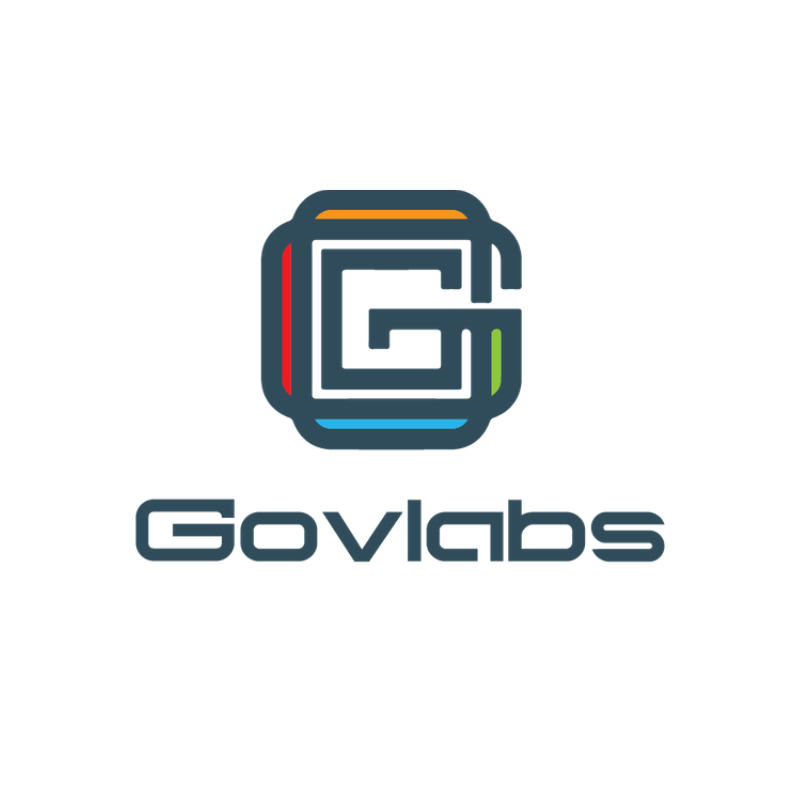

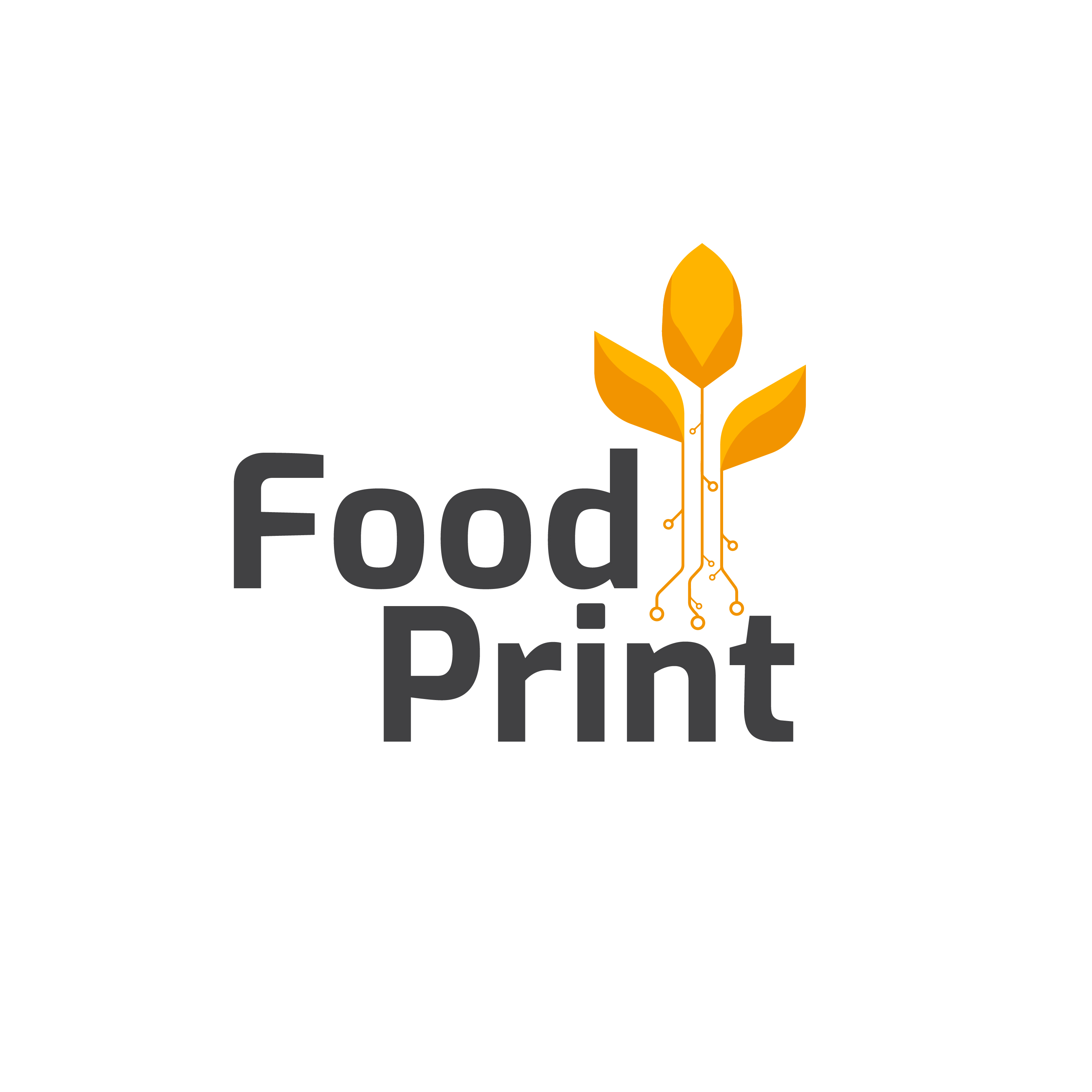

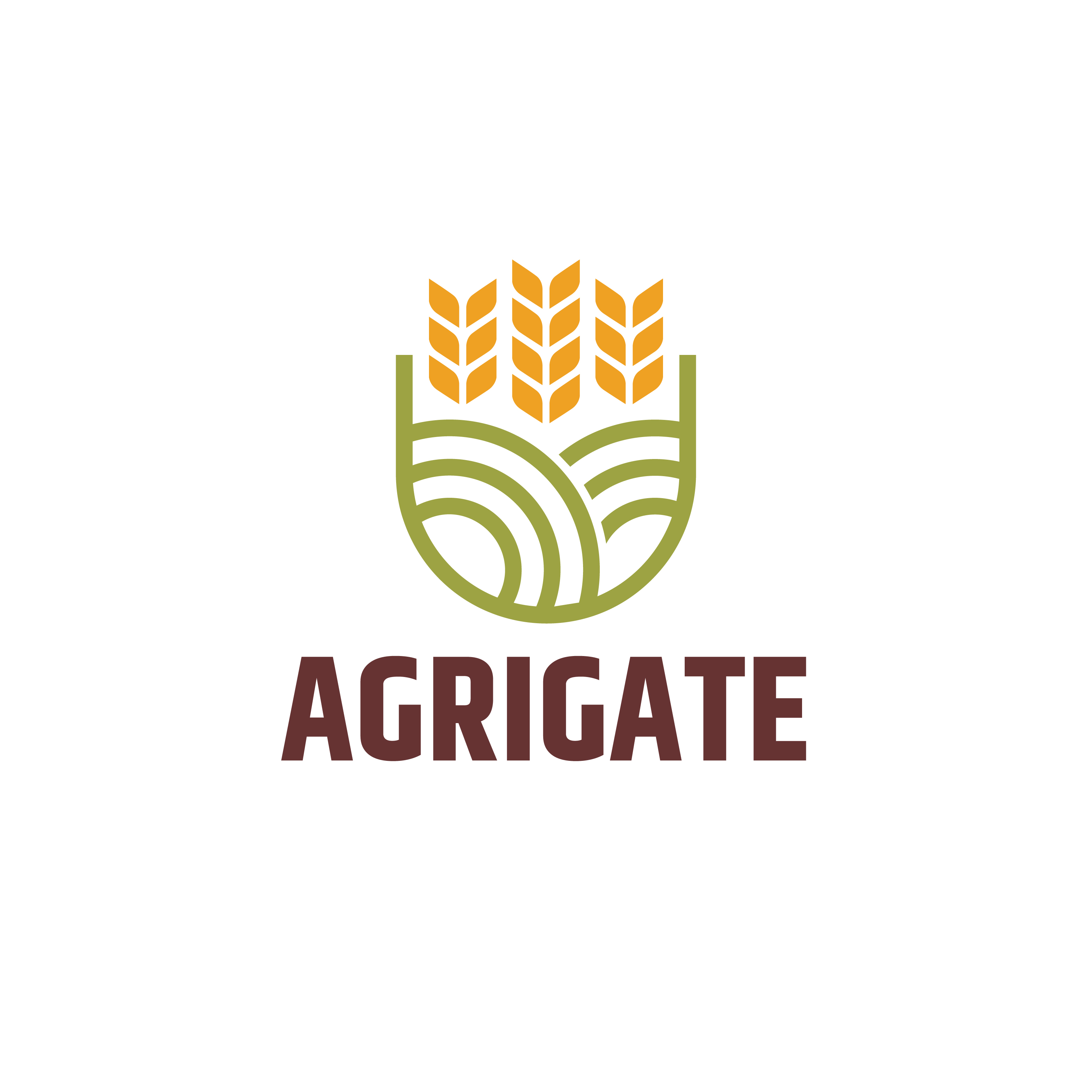


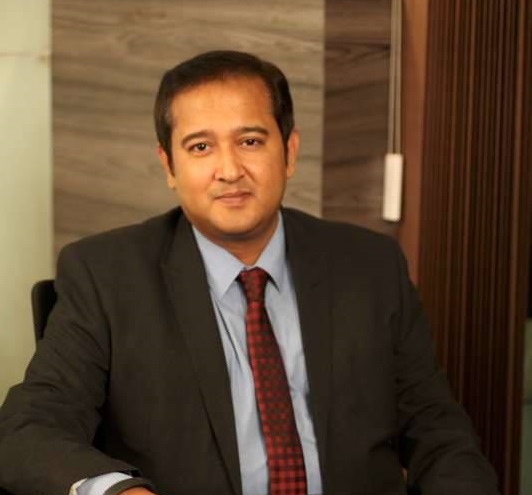




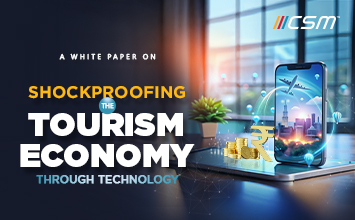

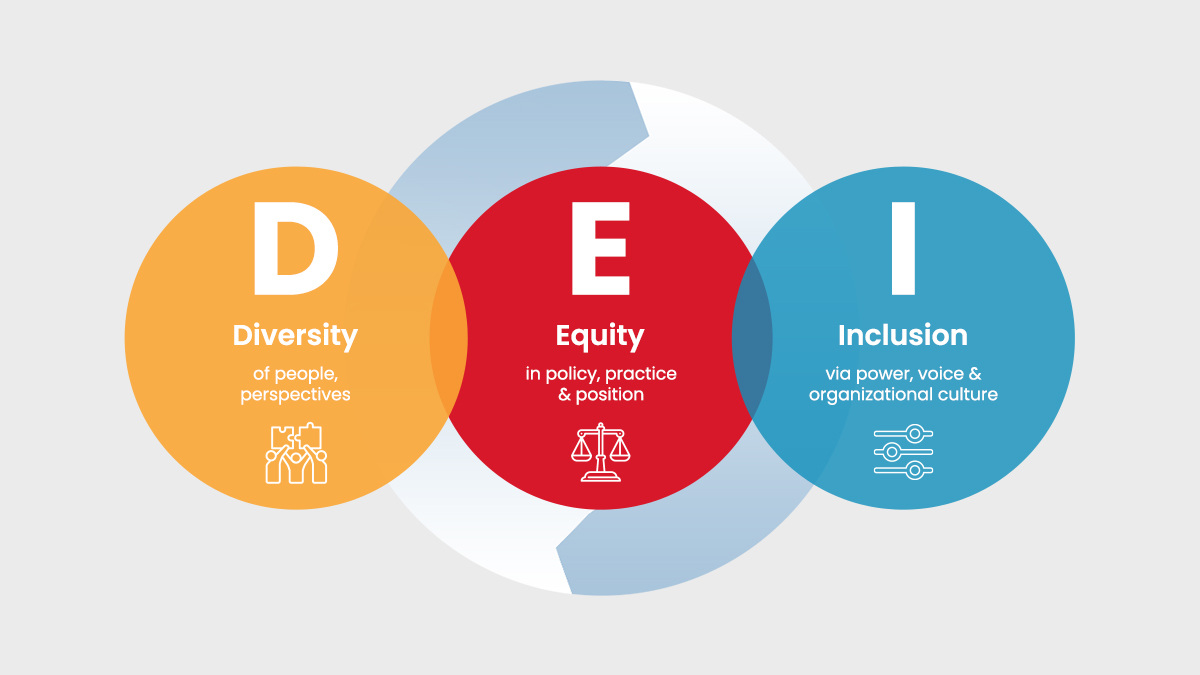




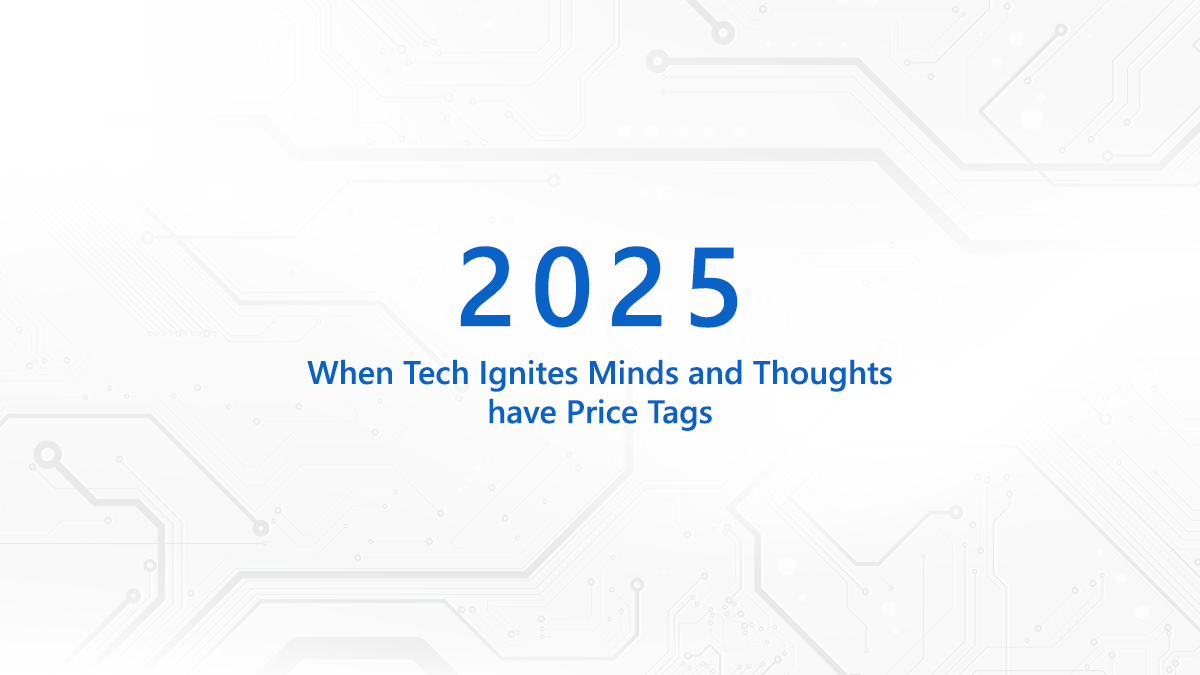









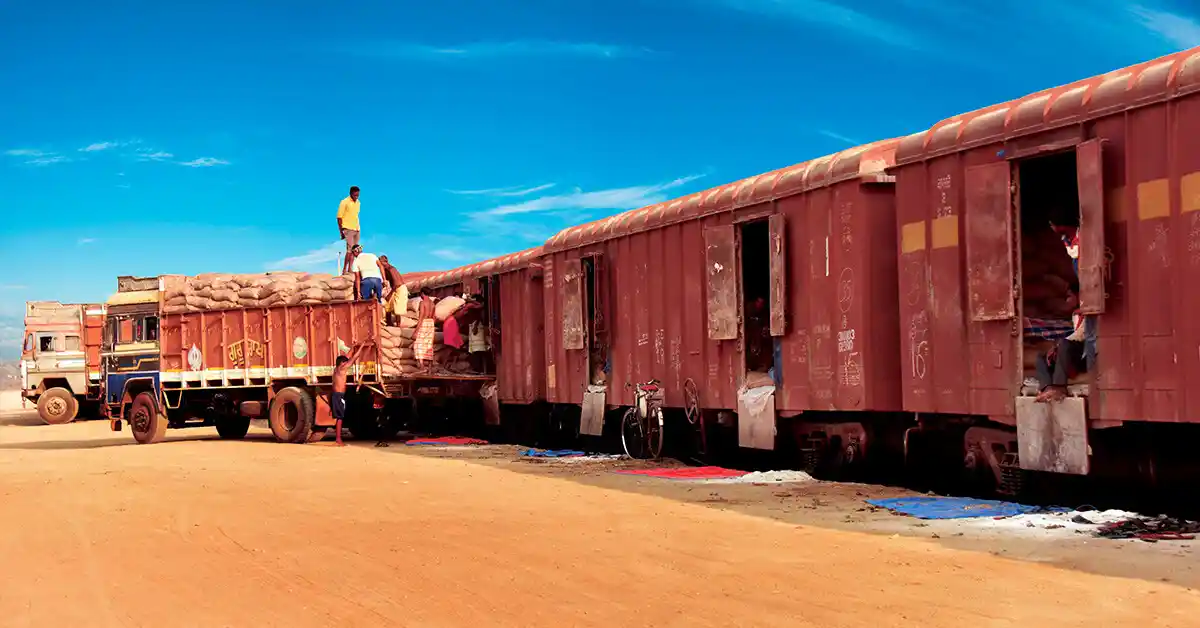

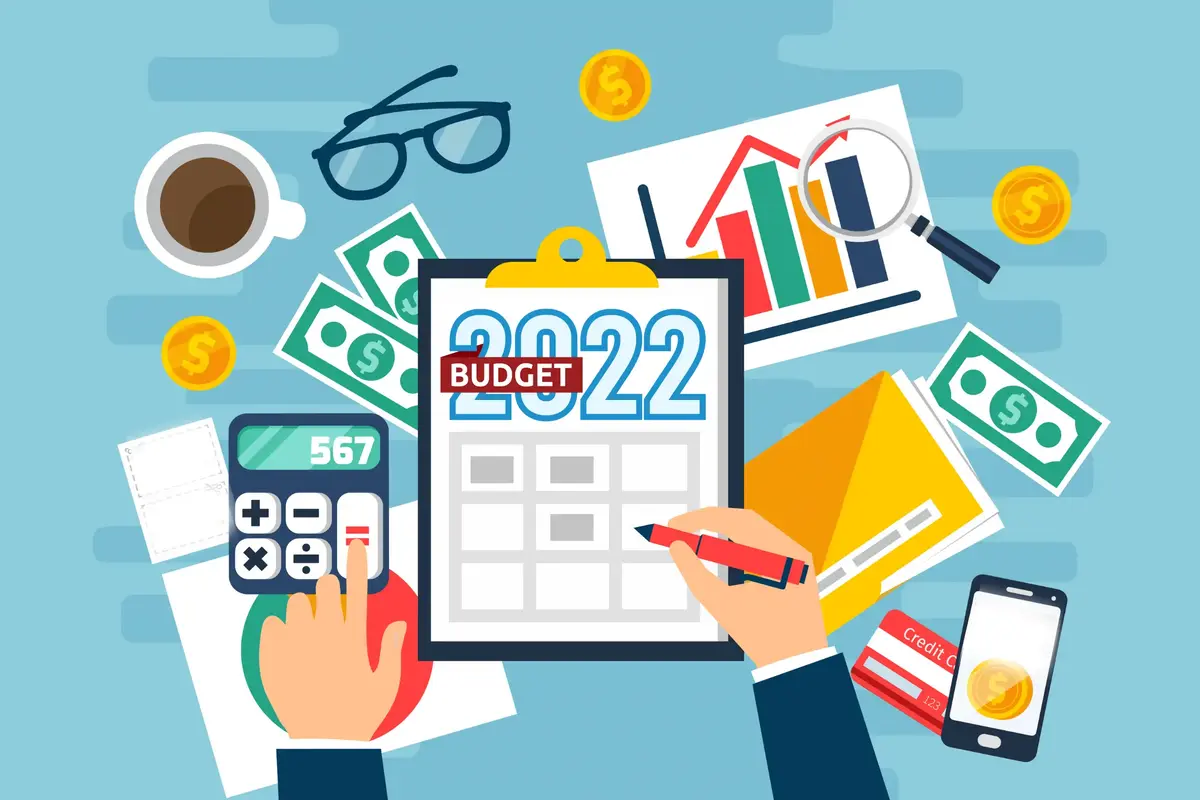

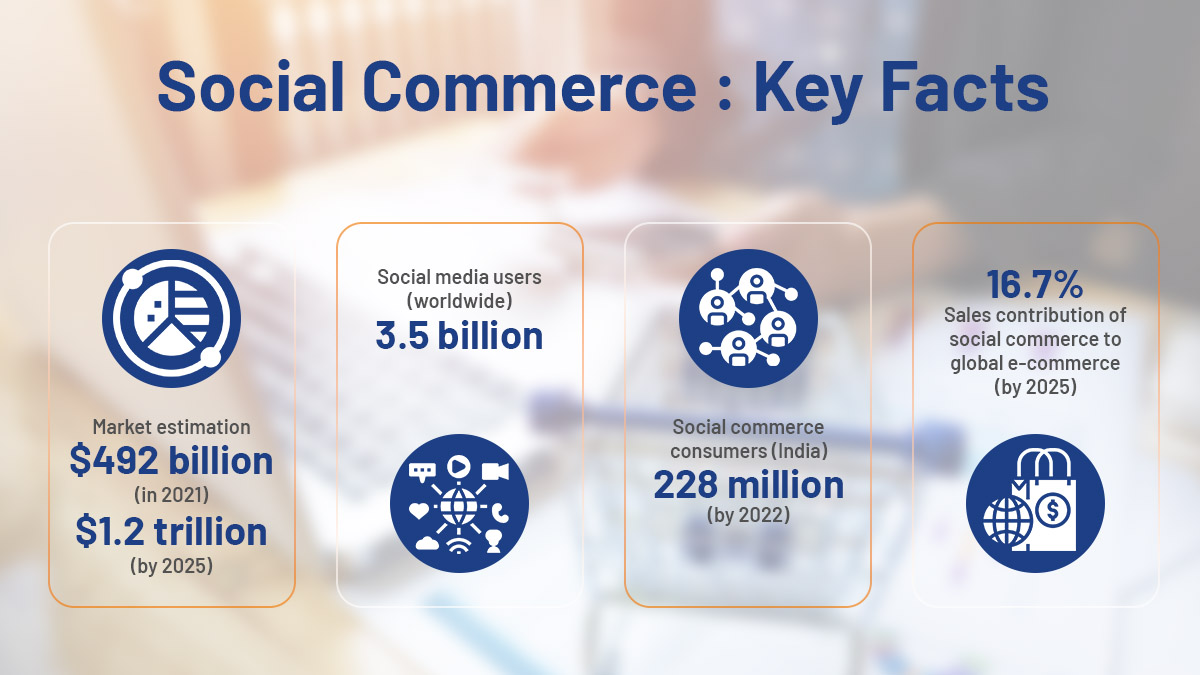


We will verify and publish your comment soon.